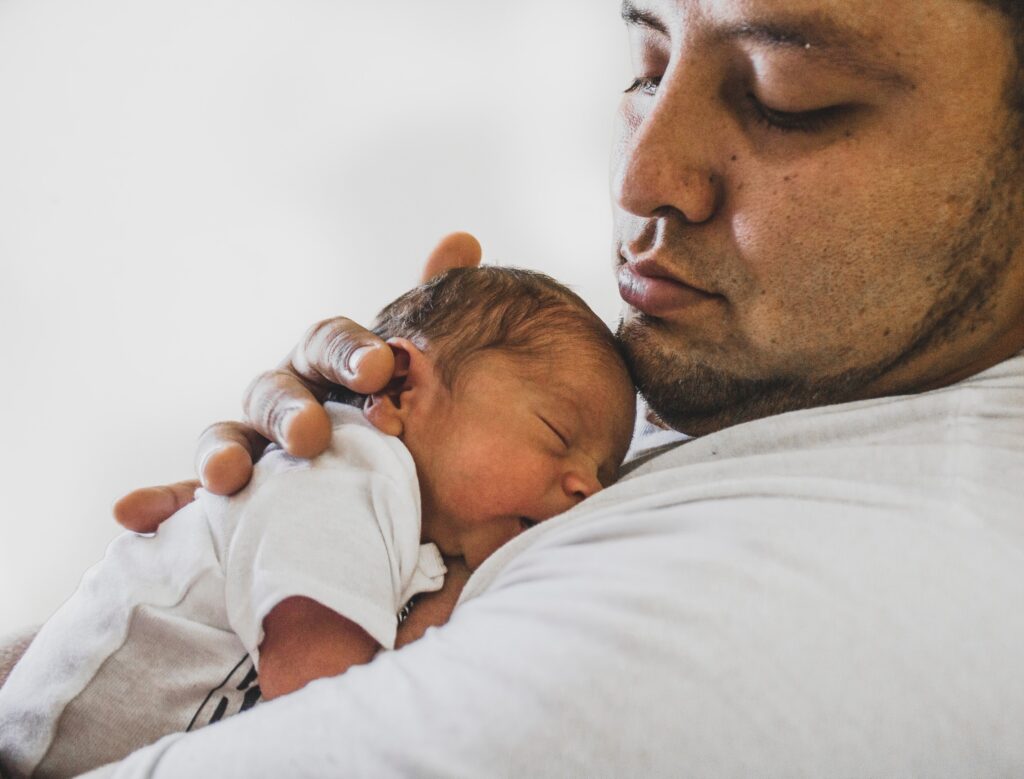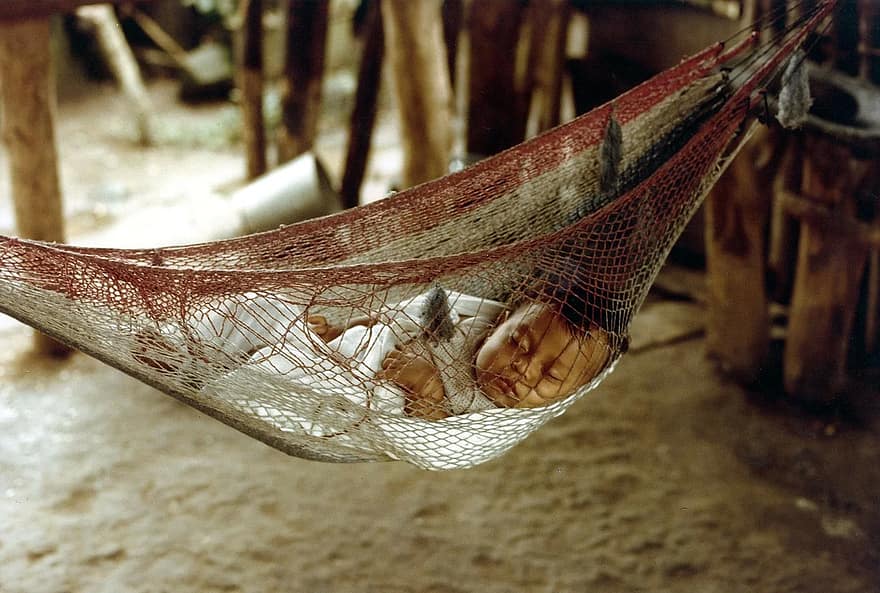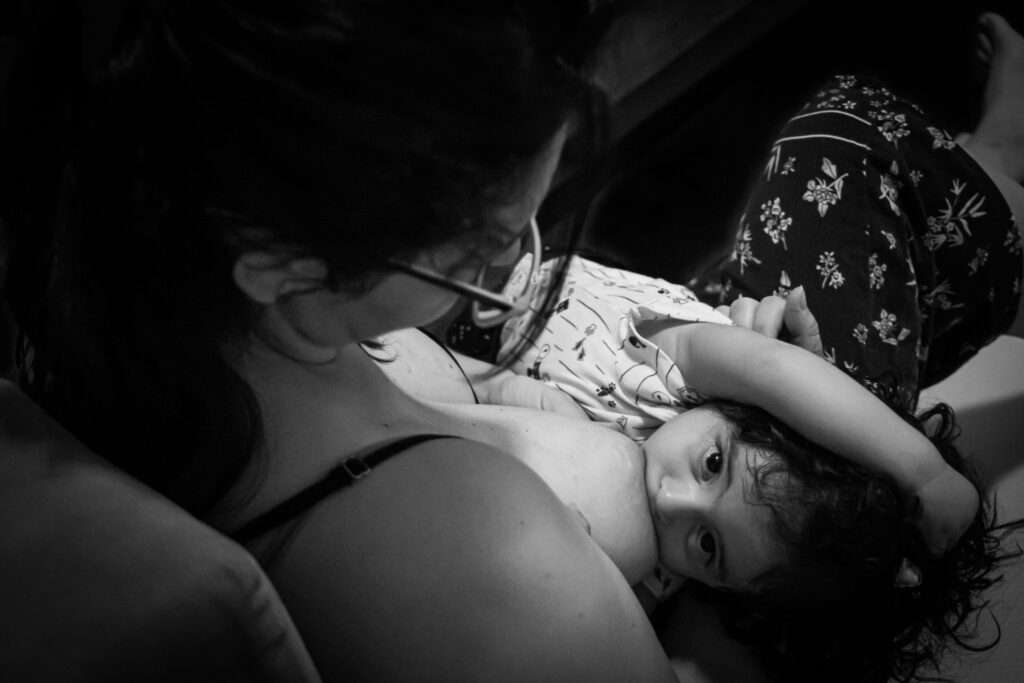Baby sleeping but you can’t? Practice sleep hygiene for yourself too.

Baby sleeping but you can’t? Practice sleep hygiene for yourself too. Baby is sleeping but you are just tossing and
Should I make my baby sleep in a swing?

Should I make my baby sleep in a swing? Although I love most traditional sleep practices like babywearing, bedsharing, breastfeeding
Should I put my baby down “drowsy but awake”?

Should I put my baby down “drowsy but awake”? The short answer: NO. The idea that one should put baby
Will feeding infant formula help my baby sleep?

Will feeding infant formula help my baby sleep? Although urban legend claims formula fed babies sleep longer, there is no
Decoding 3 pieces of sleep jargon

Decoding 3 pieces of sleep jargon: “active nightwakings”, “overtiredness” and “circadian rhythms” Active nightwakings: What we call “active nightwakings” (or
Is nursing to sleep a bad habit?

Is nursing to sleep a bad habit? Nursing to sleep is the biological norm. It is how nature intended babies
What are sleep regressions and nap transitions?

What are sleep regressions and nap transitions? A sleep regression is a temporary disturbance in a baby’s sleep pattern. As
Why does my baby wake up when I put her down?

Why does my baby wake up when I put her down? It’s a familiar scene. Your baby has drifted off
5 Parenting Books I Love

5 Parenting Books I Love 1. Kiss Me! by the Spanish paediatrician Carlos Gonzalez This is a deeply researched, wittily
